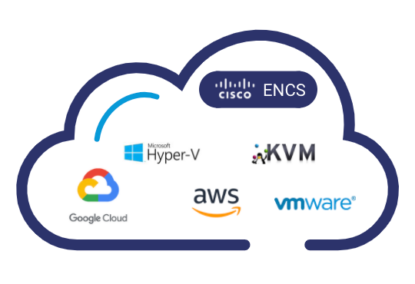- Designed from the ground up for intuitive networking and for Cisco DNA
- Designed for various number of requirements for a specific organisation and size. There are three size profiles for given requirements:
- Small (low / high throughput): Up to 1,000 Access Points (APs) and 10,000 hosts
- Medium (low / high throughput): up to 3,000 APs and 32,000 hosts
- Large (low / high throughput): up to 6,000 APs and 64,000 hosts
New model of controller configuration is based on profiles and tags. Profiles contain a collection of functionalities and properties, while tags enable assignment of profiles to access points.
There are five types of profiles:
- Access point connection profile and access point profile itself, includes general settings of an access point, CAPWAP settings, SSH/Telnet settings
- WLAN profile, which determines the SSID name and security settings
- Rules profile, includes authentication and AAA authorisation settings, ACL access lists, session and idle time settings
- Flex profile, groups those settings that are to be assigned to the AP (VLAN assignment, ACL mapping)
- RF profile, includes specification of a particular band
Types of tags:
- Rule tag, combines a profile with a
- Location tag, assigns AP profile settings to an access point, determines whether the site belongs to the local network; if so, it decides whether the AP will work in local mode that is compatible with Cisco FlexConnect®.
- RF tag, assigns a particular band profile (2.4 GHz or 5 GHz) to an AP





